OT Roses and Lavender
Poorbutroserich Susan Nashville
10 years ago
Related Stories
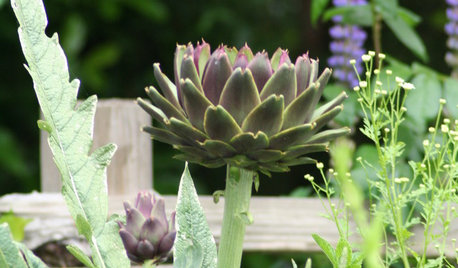
DECORATING GUIDESNature’s Color Wisdom: Lessons on Lavender From the Great Outdoors
Pluck some lavender hues for the home and watch tranquility — and maybe even a little magic — take hold
Full Story
GARDENING GUIDESRegal Lavender Rules Gardens Coast to Coast
Learn how to grow this fragrant, beautiful herb and show off its full beauty in the landscape
Full Story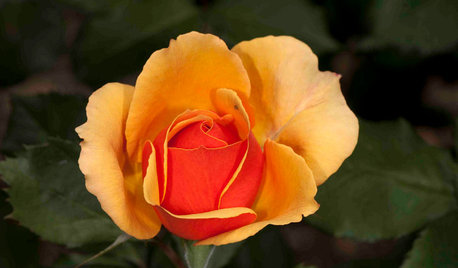
SPRING GARDENING5 Exotic Rose Colors for a Beautifully Different Garden
Give red a rest. Let these daring hues take the spotlight instead for a rose garden that turns heads
Full Story
GARDENING GUIDESLearn the Secret to Bigger and Better Roses
Grow beautiful roses using both ordinary and unusual soil amendments
Full Story
PLANTING IDEASGreat Garden Combo: Rose + Clematis for Small-Space Impact
We all need somebody to lean on. And when a rose supports a climbing vine, the results can totally transform a small garden
Full Story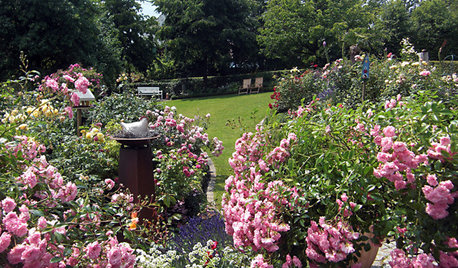
GARDENING GUIDES5 Sweet to Spirited Pink Roses for an Enchanting Garden
Whether you go demure or daring, there's a pink rose here to make you flush with garden pride
Full Story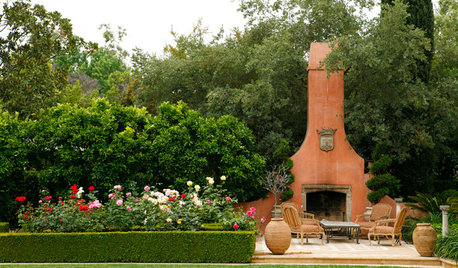
LANDSCAPE DESIGNMake Your Roses Even More Beautiful With These Companion Plants
Nourish your rosebushes and create a visual feast with these 7 classic and unexpected plant pairings
Full Story
GARDENING GUIDES6 Captivating Roses for an Alluringly Fragrant Garden
Perfume your garden with aromas from richly spicy to lightly sweet, without sacrificing an inch of color
Full Story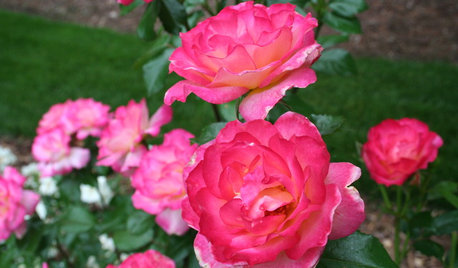
GARDENING GUIDESSoutheast Gardener: What to Do in June
Get your snippers out to protect your roses from beetles and harvest lavender from the landscape. It's a glorious month for Southern gardens
Full Story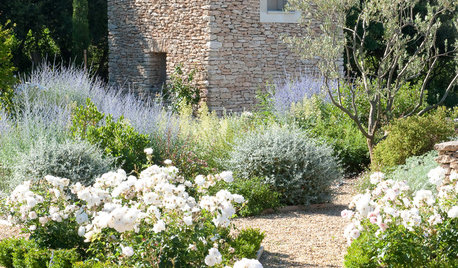
GARDEN STYLESLay of the Landscape: 12 Elements of Provence Garden Style
With their lavender fields, stone walls and meandering pathways, the gardens of Provence brim with charm and beauty
Full Story









mad_gallica (z5 Eastern NY)
lavender_lass
Related Professionals
Fort Lee Landscape Architects & Landscape Designers · Summit Landscape Architects & Landscape Designers · Ashburn Landscape Contractors · Edwardsville Landscape Contractors · Englewood Landscape Contractors · Mastic Beach Landscape Contractors · Saint George Landscape Contractors · Soddy Daisy Landscape Contractors · Teaneck Landscape Contractors · Whitehall Landscape Contractors · Grand Rapids Swimming Pool Builders · Redlands Swimming Pool Builders · Santa Paula Swimming Pool Builders · Shady Hills Swimming Pool Builders · Round Rock Siding & Exteriorspat_bamaz7
bluegirl_gw
AquaEyes 7a NJ
ms. violet grey
Kippy
AquaEyes 7a NJ
cath41
bluegirl_gw
AquaEyes 7a NJ
melissa_thefarm
mad_gallica (z5 Eastern NY)
melissa_thefarm
diane_nj 6b/7a
pat_bamaz7
bluegirl_gw
nanadollZ7 SWIdaho
Poorbutroserich Susan NashvilleOriginal Author
shopshops
joshtx
melissa_thefarm
bluegirl_gw
AquaEyes 7a NJ
nanadollZ7 SWIdaho
cath41
vasue VA
cath41
sammy zone 7 Tulsa